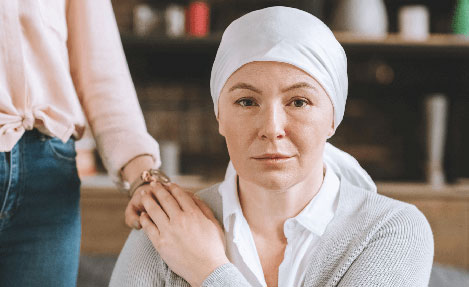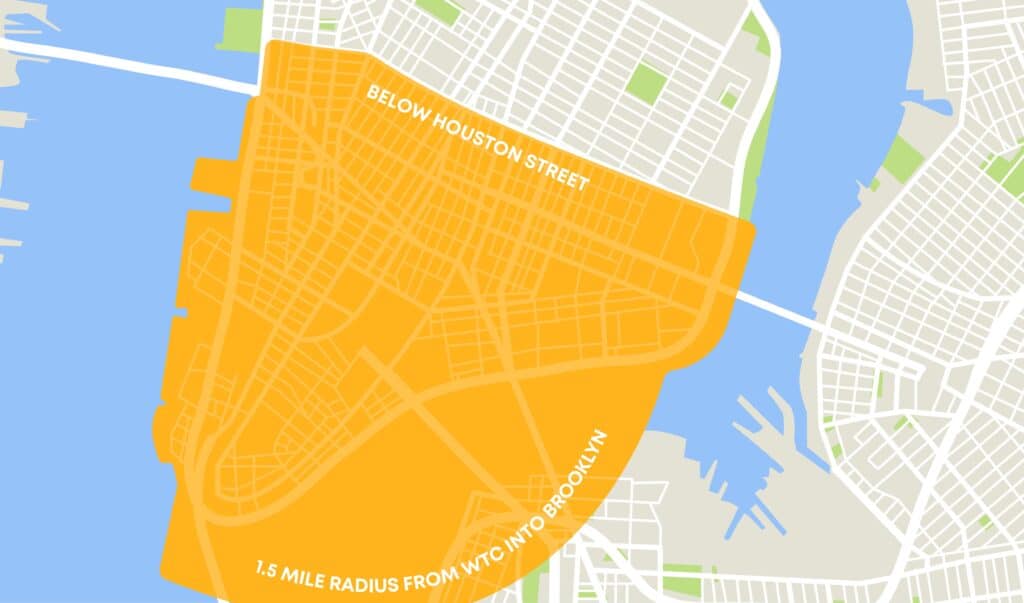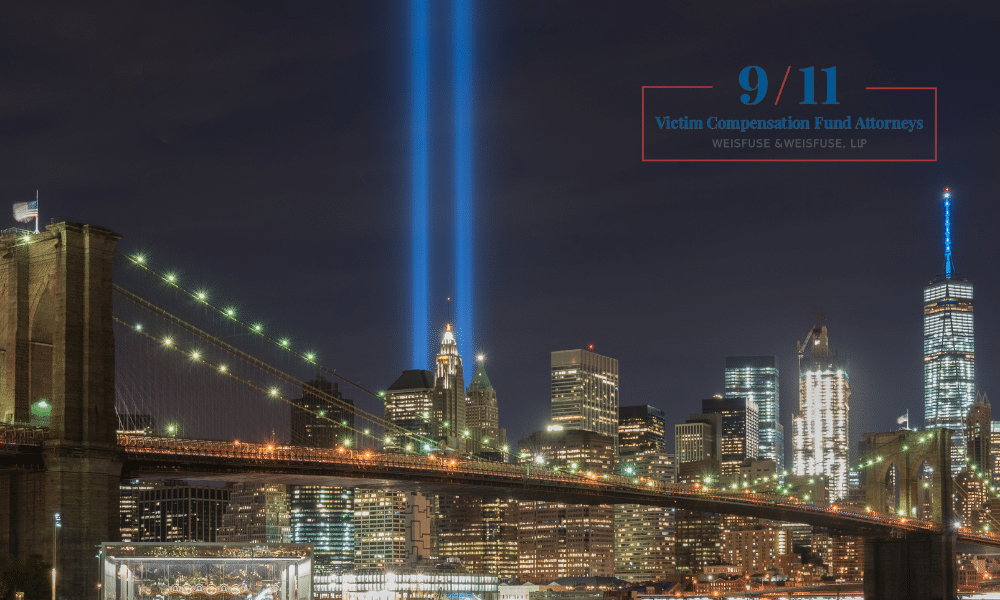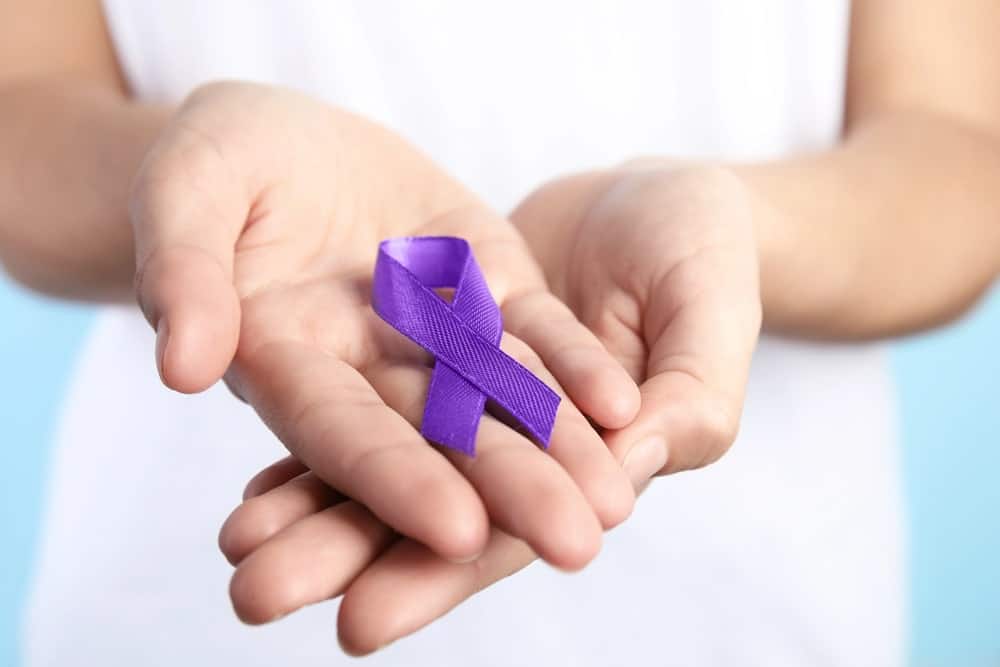
One of the many cancers that those exposed to the toxic 9/11 dust have been diagnosed with is pancreatic cancer.
This serious condition has affected many who were in the exposure zone in Lower Manhattan in the immediate aftermath of the 9/11 attacks and in the months that followed. They breathed in dust, ash, debris, and harmful particles, including asbestos, silica, metals, concrete, and glass—a lethal cocktail of toxic, carcinogenic substances.
Rates of pancreatic cancer in downtown residents, workers, students, and first responders have been elevated in recent years as the true long-term effects of the attacks and the decision to return to the exposure zone become apparent.
For anyone who spent time in the exposure zone and developed symptoms of pancreatic cancer, it helps to understand more about the disease and the avenues of help available for medical care and compensation.
Pancreatic cancer and 9/11
The pancreas is an organ located behind the stomach, forming part of the human digestive system, and producing hormones and enzymes that help the body break down food.
When malignant (cancerous) cells form in the tissues of the pancreas, it leads to pancreatic cancer—an extremely serious cancer with one of the highest death rates of all cancers. The high death rate can be attributed to a lack of proactive screening, early diagnosis challenges, and limited treatment options.
Early diagnosis and treatment can prevent the cancer from spreading and invading other tissues, lymph nodes, and organs (metastasizing).
The two main types of pancreatic cancer are:
- Exocrine tumors—the most common type of pancreatic tumors, which are often extremely difficult to remove by surgery.
- Pancreatic neuroendocrine tumors (NETs)—much rarer, accounting for only around one in 20 cancers but they are often easier to remove than exocrine tumors.
Exposure to carcinogenic chemicals like the toxic 9/11 dust is only one of the risk factors for pancreatic cancer. Other possible risk factors are chronic pancreatitis, a family history of pancreatic cancer, smoking, obesity, and age.
Historically, pancreatic cancer was more prevalent among men and older people, but recent studies have shown that the rates of this type of cancer are rising, especially among women. The reasons for this are still being investigated.
Link between pancreatic cancer and toxic 9/11 dust
The World Trade Center Health Program (WTCHP) was set up to provide free screening, diagnosis, and treatment for survivors and responders who suffer from 9/11-related health conditions.
Around 70 different cancers have so far been linked to toxic dust and fumes exposure after the 9/11 attacks. However, a definitive link to pancreatic cancer was not recognized by the WTCHP until 2014. The WTCHP Scientific/Technical Advisory Committee found that 9/11 exposure is substantially likely to be a significant factor in aggravating, contributing to or causing pancreatic cancer.
After this finding, pancreatic cancer patients became eligible to be certified for WTCHP treatment services and compensation from the September 11th Victim Compensation Fund (VCF). Compensation is also available for the families of victims who passed away.
As with most cancers, early screening and diagnosis improves survival chances.
Symptoms of pancreatic cancer in women
When people feel obvious signs of tumors, such as lumps or masses, they seek medical attention. They may undergo routine screenings, such as CT scans, colonoscopies, or mammograms even if no obvious signs are present.
However, with pancreatic cancer, the early signs are difficult to detect. Tumors may remain hidden until it is too late, which is why it is often referred to as a silent killer.
The early symptoms of pancreatic cancer are usually jaundice (a yellowing of the skin and the whites of the eyes) and sudden weight loss. Other early signs of pancreatic cancer include many symptoms that are shared with other conditions, such as:
- Digestive problems including abnormal stools
- Nausea or vomiting
- Dark-colored urine
- Itchy skin
- Pain in the upper abdomen/back
- Loss of appetite
Tests may also uncover a swollen gallbladder, blood clots, diabetes, or changes in blood sugar levels, which can be signs of pancreatic cancer.
Standard physical examinations do not check for pancreatic cancer and scans are only ordered when there are particular signs and symptoms—which are often confused with the symptoms for other illnesses.
If a doctor suspects pancreatic cancer, tests such as ultrasounds, CT scans, MRIs, or positron emission tomography (PET) scans may be ordered. A biopsy may also be taken and/or blood tests may be performed.
Treatment options for 9/11 victims with pancreatic cancer
The precise treatment for pancreatic cancer depends on the type and stage of the tumor. One of the most common treatments is surgery. This is generally intended to remove the cancer cells but there are two main approaches:
- Potentially curative surgery, which usually aims to remove the cancer by removing the “head” or “body” of the pancreas.
- Palliative, which aims to relieve symptoms (if the cancer cannot be removed).
Other options for treating pancreatic cancer are chemotherapy, radiation, and targeted therapies.
Qualifying for 9/11 pancreatic cancer compensation
Responders and survivors who spent time in the toxic exposure zone in the aftermath of the attacks and who are suffering from pancreatic cancer may be eligible to receive free medical monitoring and treatment for life from the WTCHP and compensation from the VCF.
To be eligible for compensation under the VCF, claimants must:
- Register and file a claim with the VCF.
- Dismiss, withdraw, and/or settle any 9/11-related lawsuits.
- Provide evidence of a primary diagnosis of pancreatic cancer, such as a biopsy report.
- Provide evidence of the impact on their life caused by pancreatic cancer.
- Provide evidence that they were present in the designated New York City Exposure Zone or along the routes of debris removal between September 11, 2001, and May 30, 2002.
To claim an award from the current VCF fund, those who claimed an award from the original fund that operated from 2001-2004 must demonstrate either that their injury or condition has substantially worsened since the original claim, a new injury or condition has developed or they were not fully compensated by the original award.
To discuss your situation and learn more about how we may be able to help you, please call Weisfuse & Weisfuse, LLP at 212-983-3000 or contact us online to schedule a free consultation.
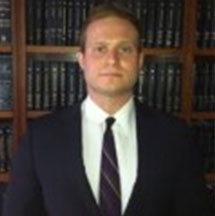
About Jason Weisfuse –
9/11 Victim Compensation Fund Attorney
About Jason Weisfuse –
9/11 Victim Compensation Fund Attorney
Jason E. Weisfuse is a seasoned 9/11 cancer attorney and managing partner at Weisfuse & Weisfuse, LLP, a New York City-based law firm dedicated to representing individuals affected by the September 11th attacks. Since the establishment of the September 11th Victim Compensation Fund (VCF), Jason has been instrumental in assisting first responders, survivors, and families in securing the compensation and medical benefits they deserve.
With a Juris Doctor from New York Law School (2009), Jason brings extensive experience regarding the 9/11 Victim Compensation Fund to his practice. His deep understanding of the VCF and the World Trade Center Health Program (WTCHP) has enabled him to navigate complex claims processes effectively, resulting in substantial awards for his clients.
Jason’s commitment to the victims in the 9/11 community is evident through his active involvement in professional organizations such as the New York State Trial Lawyers Association and the American Association for Justice. He has also contributed to legal discourse with publications in the New York Law Journal, reflecting his dedication to legal excellence and advocacy.
At Weisfuse & Weisfuse, LLP, Jason continues to provide compassionate and knowledgeable representation, ensuring that those affected by 9/11 receive the support and compensation they are entitled to.
